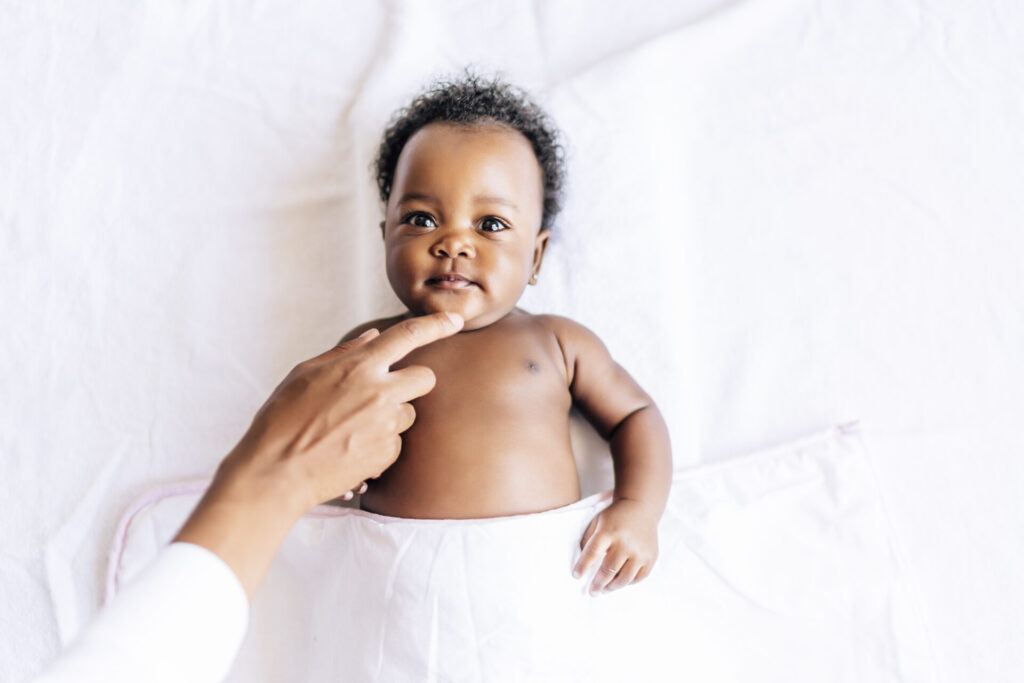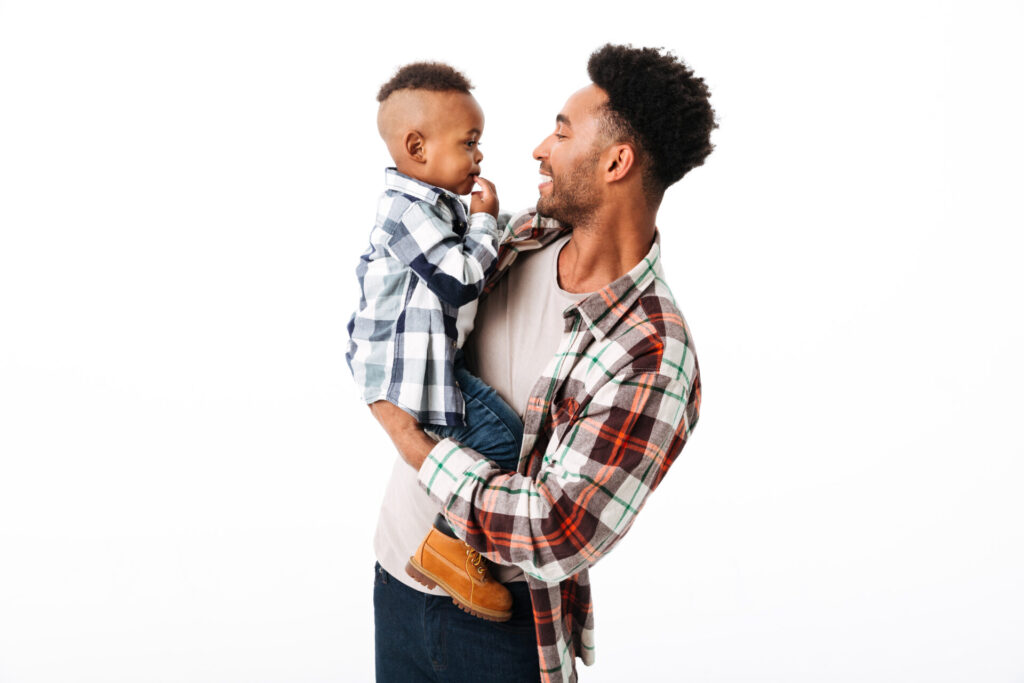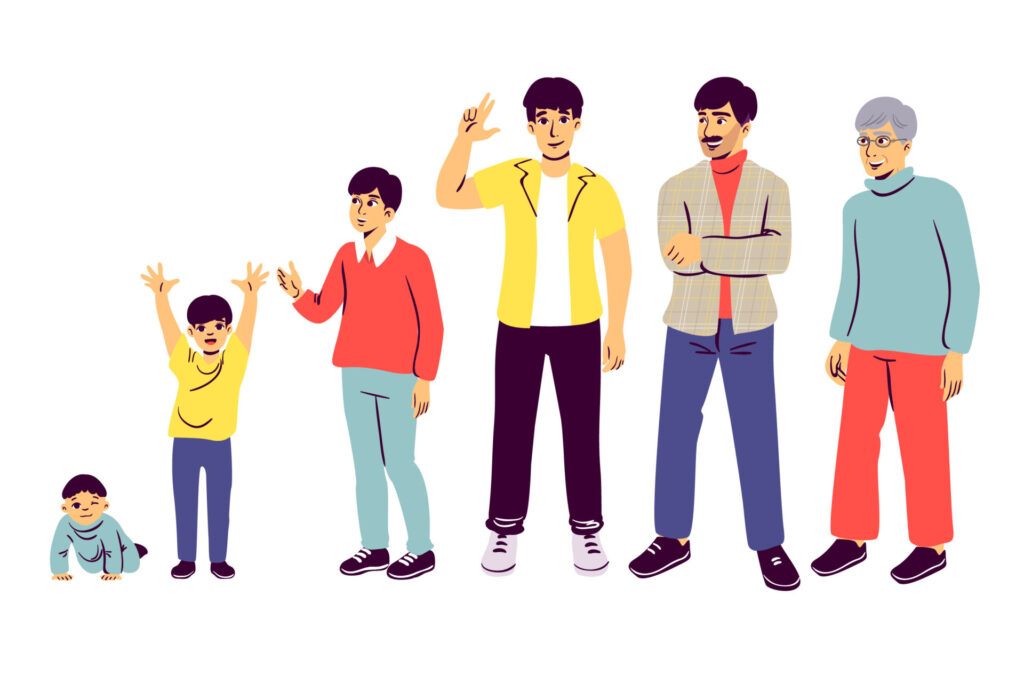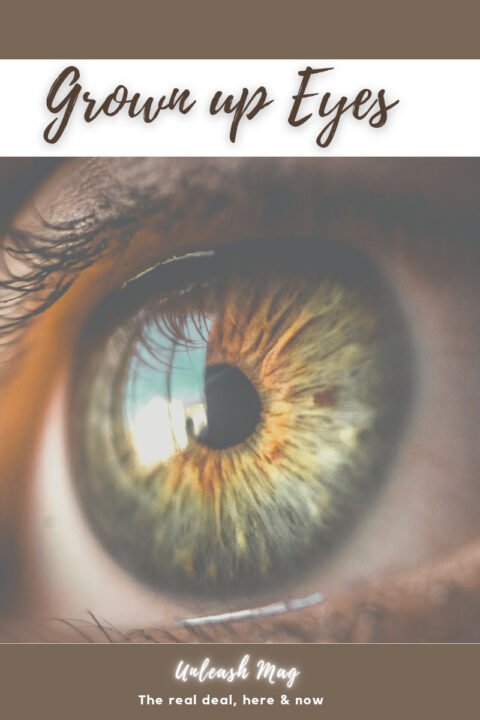Life on this tiny blue dot of a planet unfolds in successive phases. We all start out the same; as infants, helplessly wiggling limbs around, perhaps to swing our brand new muscles into action.
You’d be surprised at how potent a mere swerve of a babe’s fist could be, or how firm its fingers clinch.
At this tender age, the only sounds we know to make are heart warming giggles (everybody loves those), incoherent murmurs, whines and the ever irritating sharp cries everyone dreads.

Infant eyes
Our eyes are about 70% grown at birth. That explains the large, cute eyeballs infants have, gracefully gliding across their eyes.
But even more interesting of infant eyes is their near refusal to blink. In a minute, an infant will only blink twice on the max, while an adult will blink 10 -15 times over the same duration.
Perhaps the infant is too busy working up a register of all the things it can see.
For a life so pristine as the infant’s, all that exists around is unfamiliar, and it remains so until it has been enrolled in the memory.
Ergo the infant will often stare at things, get a good scan and stick it up on the memory.
First on the list has to be mama’s face. She’s the most significant person. The infant already knows her voice from the womb, and her scent from contact. Now all that remains is a visual marker.

It will take hours, days and weeks of stern stares to finally have mama’s look carved out in the infant’s face recognition register.
Next up has to be papa. He may be somewhat of a challenge to get around, being a lot different from mama.
Papa’s got hairs growing from the chin and face, he’s got heavy masculine arms, and worst of all he can’t feed the infant with its favorite drink. The contrast must be baffling!
But maybe its for good, cos otherwise no father would be able to compete against mother and child’s tight knit bond. The infant has to find different reasons to love its father.

So Papa may get more curious stares before he’s registered.
After him follows deputy mom – could be the nanny, then siblings, and all the faces that keep showing up.
All this face-seeing is the infant building trust, knowing its keepers, lest it should fall into the wrong hands without causing a feisty scene.
Soon enough, infancy ends, and babes grow into toddlers. The first phase of life gives way to the second, more complex and matured.
One thing holds true for this and every transition: that as life advances in age, so does the level of autonomy increase. We grow to do things by ourselves.
Self reliance is gradually developed, beginning with rudimentary functions like walking, feeding and grooming.
The infant that couldn’t a hold a spoon to its mouth, now grown into a toddler, demands to feed itself, and after all the tottering and bumpy falls, the infant can now stand its ground and walk steady.

But an autonomous life demands more than just sticking spoons in the mouth or walking baby steps. It demands that interests are unearthed, perceptions built and perspectives defined.
That’s how we go separate ways. Lupita Nyongo’s develop interest in arts, Kelvin Doe’s take interest in tech, while Messi’s and Ronaldo’s dominate in football. Ideally, each one goes for what they perceive as interesting.
Growing up
While we may be exposed to the same stimuli, we may not draw the same meanings. We all view things through different frames of reference.
For example, what is the first thing you make of the image below?

The image is a Rubin’s vase. It can be seen as a vase, two faces, or both; depending on one’s perception.
As such, it can be said that sight is not an end by itself, but a means to perception.
What matters is not what your eyes see, but what you make of it (perception).
Growing up through the phases of life is essentially a series of updates on our perceptions, which refine how we see the world.
Adulting has to be the greatest influx of updates. It’s the season of moulting into adulthood, marked by rapid changes to force former adolescents into the shoes of adulthood.

Most often, you don’t feel the changes happening. The reality of growing up catches you unawares. You realise that there’s been changes, and what you see, hear, feel or think is no longer what it used to be.
Recently, this reality hit me when I visited my former high school.
Six years had passed without stepping a foot on my alma mater. Now as I drew closer to the gate, memories began to pour in.
The days were just good, but not so memorable. I was the calm, collected and reserved type, acquainted with many, but without a circle. It may have dampened the experience.
Being in a competitive school, there were constant affirmations and reminders of us being the best; the cream on top of our peers.

We would sing endearing anthems praising our school and belittling our ‘enemies’. It built a necessary pride.
I came back with this pride. But when I looked around, I couldn’t see the school I went to. This place felt different – smaller and somehow less interesting.
But then I realised that the place had never changed much. I changed. My perception of ‘big and small’, ‘interesting and dull’ had changed.
My eyes couldn’t see as they used to. They had grown up. It felt like a betrayal to almost look down on my alma mater.
I couldn’t get over this question in my mind: How much more have I changed?


Damn sir!!!!!!
Pure talent buddy 🌟
Woow👏🏾
Grown up eyes.
Wonderful!
Nice piece!👌💯
Wow! Bro this is niice!! Reading it was refreshing and got me thinking..
Wonderful! Such an amazing piece bro. Kudos!
Good piece Dan!!
Wonderful💯
👏👏 Wonderful work
Thank you Ivy
The flow of thought gripped me till the final statement. Was a Thought provoking read 👌👏👏
Just as was intended for the article; to provoke thought. Thank you for reading.